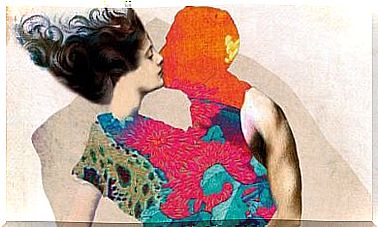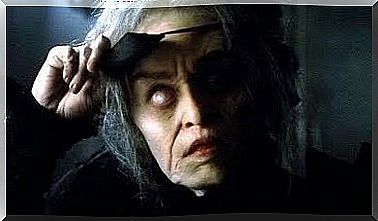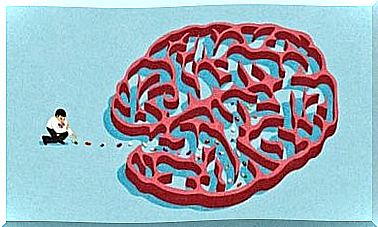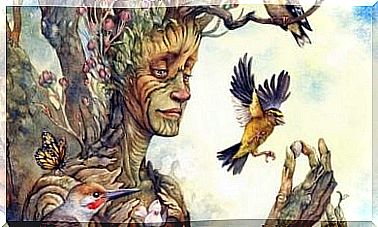Salvador Dali’s Method Awakens Our Creative Side
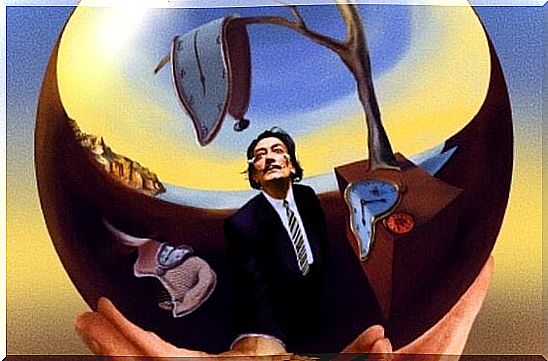
Salvador Dali’s method is based on a state of hypnagogia. It was an attempt to transcend the world of reason and embrace the surreal. He made this condition his own and turned it into art. This genius of surrealism created what he himself called “pictures of hand-painted dreams”. They are bizarre worlds, frightening but hypnotic landscapes that still fascinate us today.
Many see Salvador Dali as an eccentric man, difficult to understand, often delirious, sometimes controversial and always extreme. But you can also perceive an accurate and unerring side in him. This allowed him to capture his deepest emotions and bring them to light. He was an explorer in search of the psyche, a “psychonaut”. He never needed drugs to achieve his creative ecstasy. His mind was undoubtedly the best stimulant.
The method Dali used to immerse himself in those personal and endless oceans of the surreal still captures our attention today. To the extent that this technique has been described as “the hypnagogic vertical nap”. Many creative groups apply his techniques to get better ideas. For they can remove the filters of reason and train the mind to be freer and more receptive.
Salvador Dali’s method to awaken and improve our creativity
Let’s take a look at one of his most famous works. It is titled “Dream Caused by the Flight of a Bee Around a Pomegranate One Second Before Awakening”. This strange but simple title gives us a little hint about the famous method by which he designed his works. But in his painting he also wanted to show something else. He had learned this by reading Freud. According to Freud, many of our dreams are stimulated by sounds, smells, or things outside of us. For example, this could be the sound of a bee buzzing around us while we sleep.
Dali used to have a siesta. Whenever he did this, he kept a spoon with him. His magical and ritual method was the following. After dinner he sat down in an armchair. In one of his hands he held the spoon and placed a tray on the floor. His nap lasted only a few minutes. Because his intention was not to sleep but to enter a hypnagogic state. Moreover, he knew that the spoon would fall from his hand as soon as he reached the point of deep sleep. The sound of the falling spoon hitting the tray would wake him instantly. And that was what he wanted.
This technique allowed him to travel between dreaming and waking. It is that immeasurable ocean where the most amazing things arise, the strangest creatures of the unconscious world. It was an in-between state that he visited every afternoon for several minutes. And where he could take advantage of those moments when the mind is more fluid and hyper-associative more than ever.
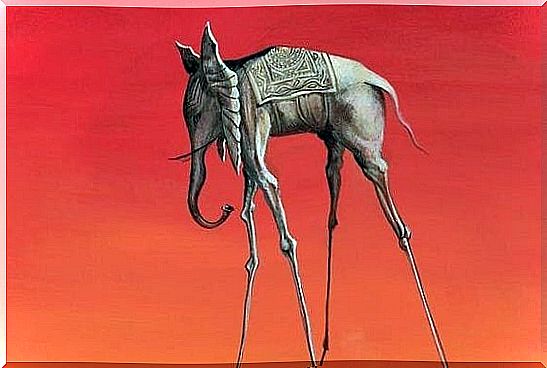
The hypnagogic method is very common among creative minds
Salvador Dali’s method is thus based on achieving a hypnagogic state. But it was not a technique he had discovered. It was also not unknown in science, psychology and especially in the world of art. Read for example “ Alice in Wonderland ” and especially “Alice through the mirror”. Immediately we sense that Carroll too used a purely dreamlike kind of story and imagery.
He, too, created a method that he routinely used to wake himself up before falling asleep. He put a notebook next to his armchair. In it he described every image he saw in his subconscious world.
The hypnagogic state has this strange ability. It’s a good idea to take a look at some of its features :
- This state occurs in stages 1 and 2 of deep sleep, not REM sleep.
- The hypnagogic state is a phase that we can think of as “before sleep”. In this phase, our brain waves transition from beta to alpha.
- In this phase, brief and intense visual and auditory hallucinations usually occur.
- As soon as we wake up, we forget these images.
- Hypnagogic states or hallucinations are common in children and adolescents.
But upon waking, we dilute, fade and forget these images. Unless, of course, we use the same strategy as Dali.

We can also achieve Dali’s method through meditation
It is very possible that we have come to this point intrigued by the hypnagogic state Dali could enter during his naps. But we must keep in mind that it is not easy to reach this particular stage of sleep and then take advantage of it. Salvador Dali was a seasoned “psycho-navigator” in that twilight world of the subconscious. It is certainly difficult for us to get where Dali came.
But we can also achieve a very similar effect in our own way. Because through meditation we can catalyze and improve the creative process. This is what David Lynch, another genius of the subconscious and the surreal, tells us in his book Catching the Big Fish . Meditation calms the ambient noise and creates harmony in the mind. In this way, once we have mastered the technique, we will give way to a more lively and free spiritual flow. We will reach a dimension that is almost always hidden from our busy minds. That spirit characterizes us, but almost always separates us from its essence, intuition, and wonders.
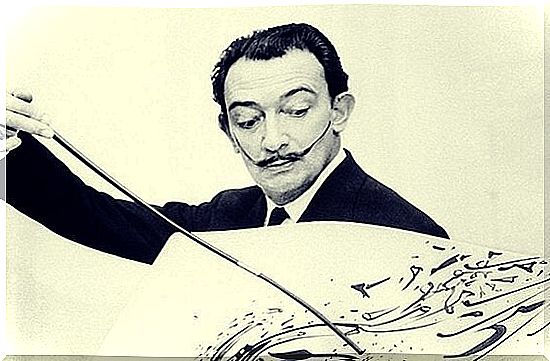
We conclude with the following. Although Salvador Dali’s method was not new, he still managed to give us an exquisite and unparalleled use of this technique. If we want to improve our creativity, it is not enough that we allow ourselves to be a little freer or even a little more childlike. Let’s not forget to look at our exterior and also the depths of our mind. Because that’s certainly where incredible ideas and thoughts reside.




